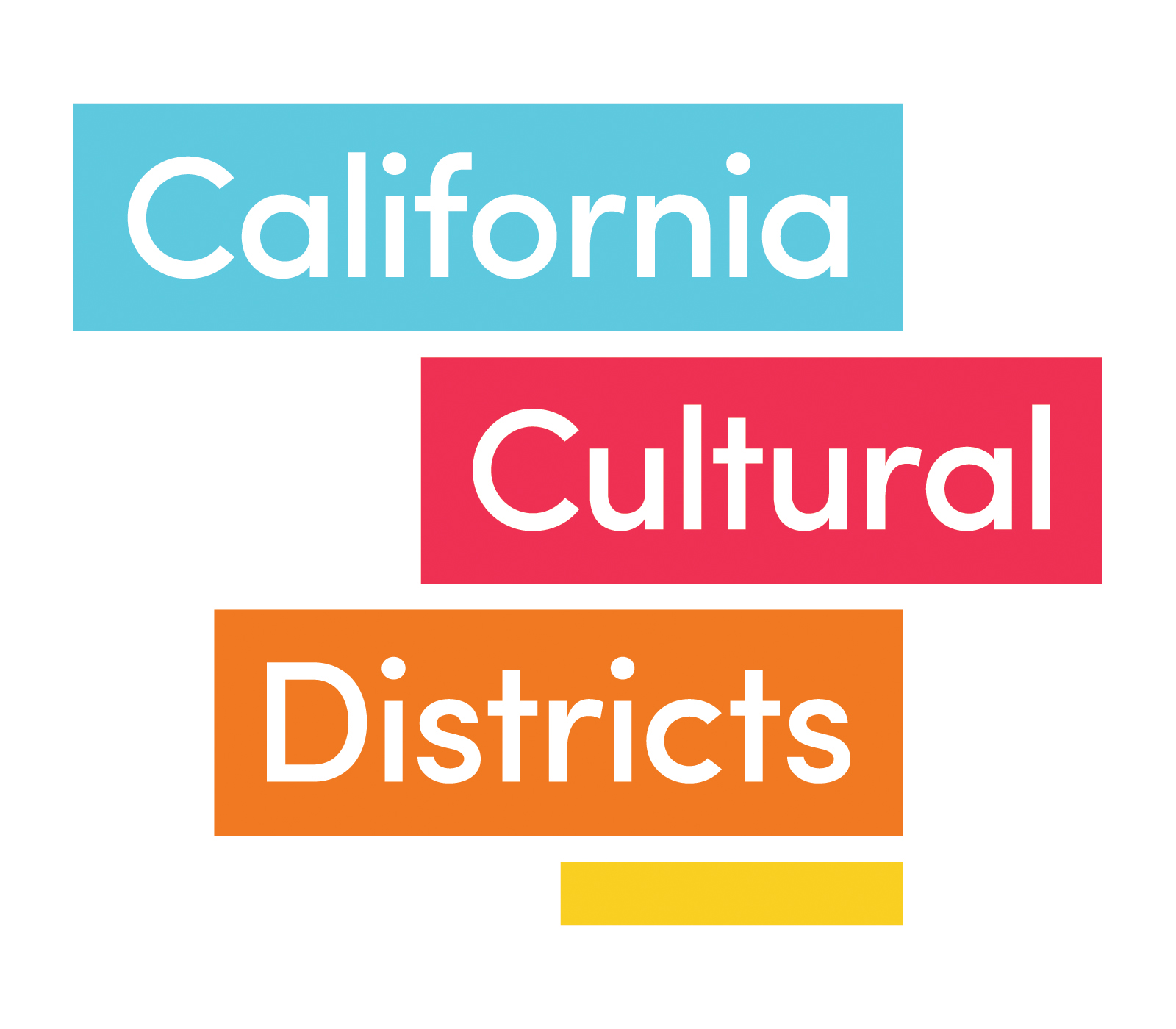Background
The California Arts Council’s cultural districts program aims to assist Californians in leveraging the state’s considerable assets in the areas of culture, creativity, and diversity. A cultural district is generally understood as a well-defined geographic area with a high concentration of cultural resources and activities.
“State-level designation of Cultural Districts, with California’s diverse geography and regional variety, allowed for an entirely new and comprehensive look at our deeply valued cultural assets,” said Donn K. Harris, California Arts Council Chair in July 2017. “Each community's personal and generational commitment to these assets speaks of a state deeply invested in the places and people that celebrate local traditions and creativity. Our goal with the pilot launch of this new program was to support a group of districts that met high but broad standards of coherence, vision, and purpose – ones that could set an example for districts that will follow as the program develops and grows.”
The mission of the California Arts Council, a state agency, is to advance California through the arts and creativity. The Council is committed to building public will and resources for the arts; fostering accessible arts initiatives that reflect contributions from all of California's diverse populations; serving as a thought leader and champion for the arts; and providing effective and relevant programs and services. Learn more at www.arts.ca.gov.
Legislation
With the adoption of AB 189, the state legislature put in place an important new tool for the development, support, and preservation of California’s extensive and diverse cultural assets. AB 189 was authored by Assemblymember Richard Bloom and Co-Authored by Assemblywoman Marie Waldron.
The legislation charged the California Arts Council with establishing criteria and guidelines for state-designated cultural districts, with the following required components of a public program:
(1) Establish a competitive application system by which a community may apply for certification as a state-designated cultural district.
(2) Provide technical assistance for state-designated cultural districts from, among others, artists who have experience with cultural districts and provide promotional support for state-designated cultural districts.
(3) Collaborate with other public agencies and private entities to maximize the benefits of state-designated cultural districts.
Program Development
Click here to view a detailed program development timeline.
In June 2016, the CAC retained the services of consultants Jessica Cusick and Maria Rosario Jackson – experts in public and community arts – as the facilitators of the California Cultural Districts program development process. Over a six month period, the consulting team led a research and development process, which included extensive public input.
The consulting team engaged in a research process over several months which consisted of literature review, document review and interviews. The team compiled information on cultural districts nationally, including program materials and evaluations from several state programs, and conducted interviews with 25 selected local and national experts and thought leaders in a number of fields. Respondents include arts administrators, artists, community developers, and government officials, among others.
Broad participation in public meetings, along with a robust online survey response, provided a clear sense of hopes and concerns regarding state cultivation of cultural districts. Specifically, five public meetings, with over 400 participants, were held in Escondido, Fresno, Los Angeles, Oakland and Redding.
